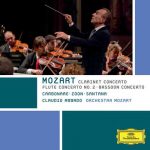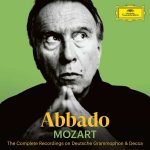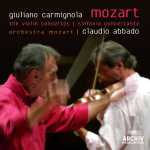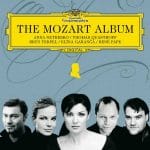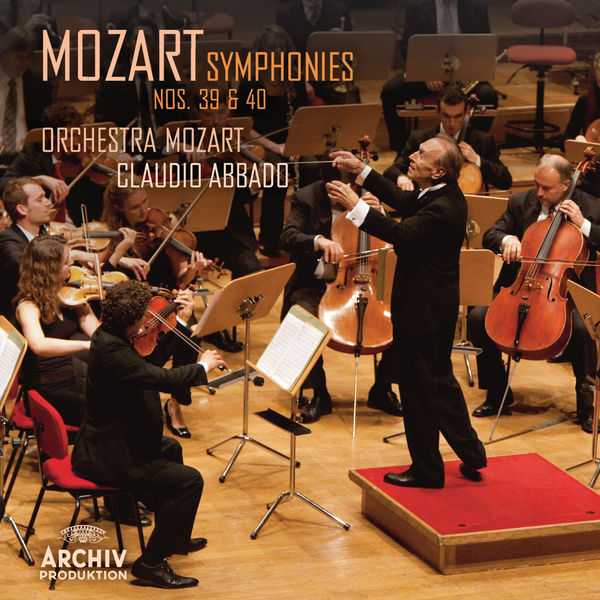

Composer: Wolfgang Amadeus Mozart
Orchestra: Orchestra Mozart
Conductor: Claudio Abbado
Format: FLAC (tracks)
Label: Archiv
Catalogue: 4779792
Release: 2011
Size: 270 MB
Recovery: +3%
Scan: cover
Symphony No. 39 in E flat major, K543
01. I. Adagio – Allegro
02. II. Andante con moto
03. III. Menuetto. Allegretto
04. IV. Allegro
Symphony No. 40 in G minor, K550
05. I. Molto allegro
06. II. Andante
07. III. Menuetto. Allegretto
08. IV. Finale. Allegro assai
The 2008 Archiv Produktion recordings of Claudio Abbado’s recordings of Mozart Symphonies with the Orchestra Mozart, received critical acclaim – the critics reaching for superlatives – “these Mozart performances are in the very highest class” (Gramophone).
This live recording brings two more Mozart Symphonies from the acclaimed partnership of orchestra and conductor – presenting one of the best-loved of all the symphonies, No.40 in G minor K.550, alongside by Symphony No.39 in E flat, K.543.
Claudio Abbado and the period ensemble Orchestra Mozart started releasing the symphonies of Wolfgang Amadeus Mozart in 2008 on Archive, with fine renditions of symphonies No. 29, No. 33, No. 35, No. 38, and No. 41. Conspicuously absent from that double-disc package were the Symphony No. 39 in E flat major and the Symphony No. 40 in G minor; these are among the most popular of Mozart’s works, so their appearance on this 2011 album will compensate listeners who relished the previous recordings. Abbado is perfectly at home with historically informed practices and original instruments, and he makes this Bolognese orchestra sound rather like a meeting place of styles: authentic in sonority and accurate in size, yet warm in expression and flexible in tempos and dynamics. In other words, Abbado blends the best of early music scholarship and modern traditions to present Mozart without dogma, in a manner acceptable to listeners of both camps. One might notice that these performances lack the hallmarks of most authenticist performances, namely, the icy sheen of the strings and the quaint timbres of old winds, but Abbado’s moderation in this regard shows that Classical instrumentation has as much variety of timbres and shadings as modern, and that there is room for different opinions in this area. The audio quality of these live recordings is Deutsche Grammophon’s finest, and the ensemble’s sound is full-bodied and resonant in the responsive acoustics.
